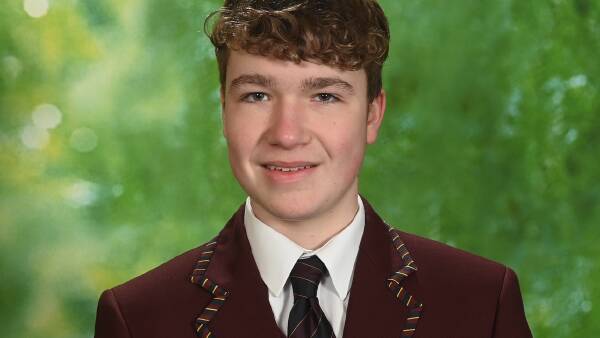A groundbreaking study has shown that a gel containing a naturally occurring DNA sugar may offer a promising new treatment for hereditary-patterned baldness. Researchers from the University of Sheffield and COMSATS University in Pakistan have discovered that applying a gel made from deoxyribose, a sugar found in DNA, can trigger significant hair regrowth in mice. The study, published in June 2024, revealed that this treatment was as effective as the established drug minoxidil.
Exploring a New Frontier in Hair Loss Treatment
The research team initially investigated deoxyribose for its potential in wound healing. Unexpectedly, they observed rapid hair regrowth around treated lesions in mice. Inspired by these findings, they conducted further experiments, applying the sugar gel to mice experiencing testosterone-driven hair loss. Within weeks, the treated areas displayed robust regrowth, characterized by longer, thicker hairs.
According to the study, which appeared in Frontiers in Pharmacology, the deoxyribose gel stimulated hair regrowth in 80 to 90 percent of cases, comparable to results from minoxidil. Notably, combining the two treatments did not significantly enhance the outcome, suggesting that the sugar gel alone holds substantial potential. The researchers observed increased blood flow and skin cell activity at treatment sites, potentially explaining the improved hair growth.
Implications and Future Research
Androgenic alopecia, or hereditary-patterned baldness, affects up to 40 percent of the global population. Currently, the FDA has approved only two medications, minoxidil and finasteride, to address this condition. However, minoxidil does not work for everyone, and finasteride is limited to male patients due to significant side effects. The discovery of a new, potentially effective treatment like the deoxyribose gel could represent a major advancement.
“Our research suggests that the answer to treating hair loss might be as simple as using a naturally occurring deoxyribose sugar,” said Sheila MacNeil, a tissue engineer from the University of Sheffield. MacNeil, along with Muhammad Anjum, a biomaterial researcher from COMSATS, emphasized that the results are preliminary but promising. They advocate for further investigation to determine the gel’s efficacy in humans, including its potential applications for female pattern baldness and post-chemotherapy hair regrowth.
While the current study focused on male mice, the team believes future research could explore whether the sugar gel is effective for female mice with testosterone-driven alopecia. As MacNeil notes, “This is a badly under-researched area, and hence new approaches are needed.” The findings offer a hopeful outlook for those seeking alternative solutions to hair loss, underscoring the need for continued exploration into this innovative treatment.




























































